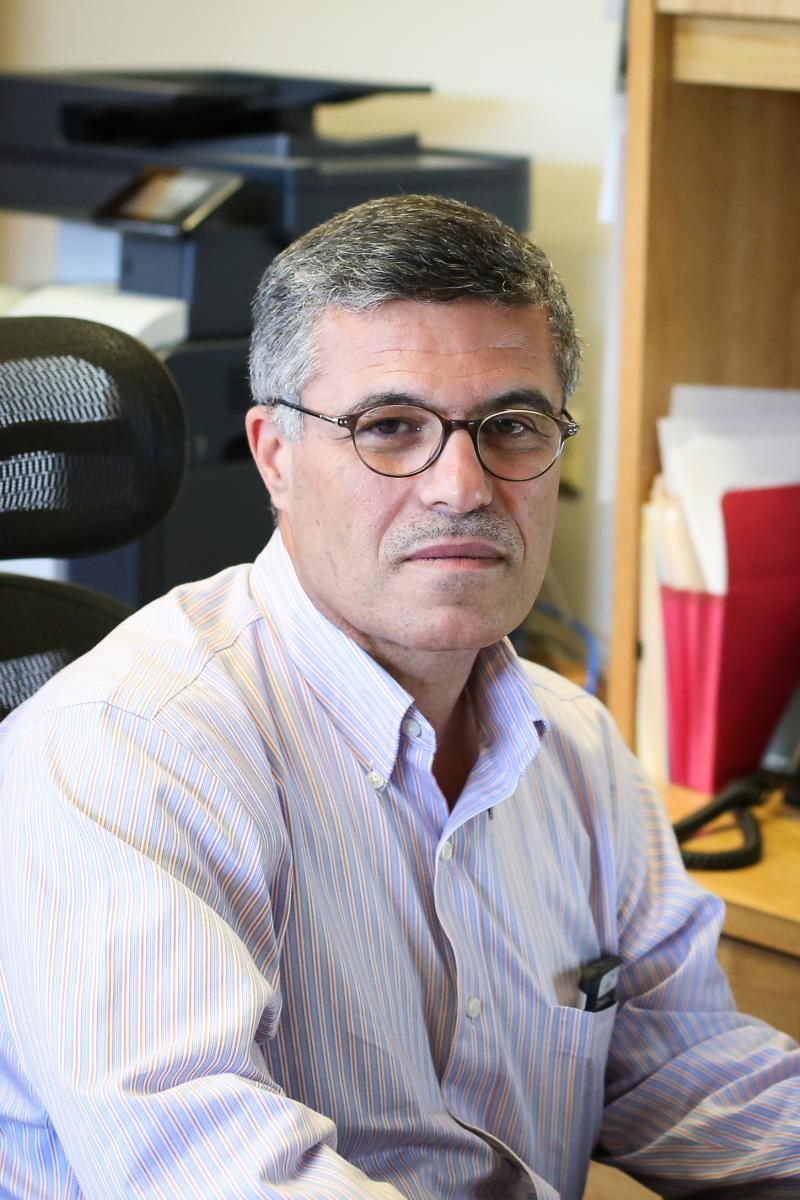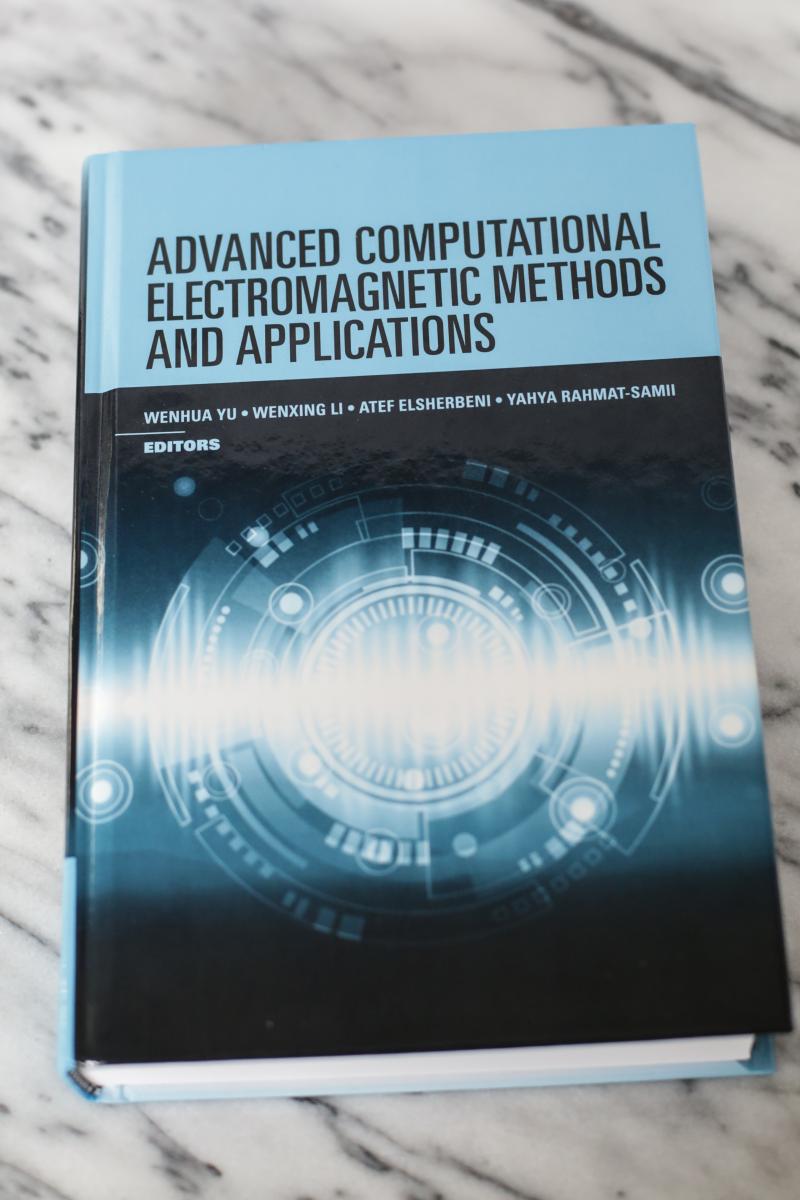 |
| Atef Elsherbeni |
 |
GOLDEN, Colo., Feb. 12, 2016 – Colorado School of Mines Professor Atef Elsherbeni, Dobelman Chair and interim head of the Electrical Engineering and Computer Science Department, has co-edited an anthology, Advanced Computational Electromagnetic Methods and Applications, as well as co-authored its chapter, “High-Order FDTD Methods.”
The anthology covers the latest developments in computational electromagnetic methods, with an emphasis on cutting-edge applications. It is designed for both academic and industrial audiences. Topics include advanced techniques in Finite-Difference Time-Domain (FDTD), Finite Element Models (FEM), Method of Moments (MoM) special domain method, GPU and Phi hardware acceleration, matamaterials, frequency and time domain integral equations, and statistics methods in bio-electromagnetics.
“My research focuses on increasing the speed and efficiency of computational electromagnetics,” explains Elsherbeni. “The field rapidly changed once we turned to nontraditional computer resources. We started to use the same graphics processing unit (GPU) developed by video gaming companies. The GPU tremendously sped up the performance of electromagnetic computations.”
The second edition of Elsherbeni’s previous book, The Finite-Difference Time-Domain Method for Electromagnetics with MATLAB® Simulations, co-authored with Veysel Demir, associate professor at Northern Illinois University, has just been published as well. FDTD is a computational technique for solving electromagnetic wave equations. It has been successfully applied to a wide variety of problems, such as scattering from metal objects and dielectrics, microstrip circuits, and antennas, Elsherbeni’s other area of expertise.
Last year Elsherbeni coauthored Antenna Analysis and Design Using FEKO Electromagnetic Simulation Software with EECS Assistant Professor Payam Nayeri and C. J. Reddy.
Elsherbeni and Nayeri have worked closely with recent CubeSat senior design teams, and Elsherbeni foresees increased student interest in the fields of antennas and electromagnetics.
“My hope is to build more visualization tools,” Elsherbeni shared. “When electrical engineering students go to the traditional lab, they put components together and can see the effect right in front of them. For electromagnetics and waves, they can’t really touch or see it. However, with the power of the computers we now have, even in our handheld devices, we should be able to build visualization tools to help students understand these hot topics in the field of electrical engineering.”
Contact:
Deirdre Keating, Information Specialist, College of Engineering & Computational Sciences | 303-384-2358 | dkeating@mines.edu
Karen Gilbert, Director of Public Relations, Colorado School of Mines | 303-273-3541 | kgilbert@mines.edu
